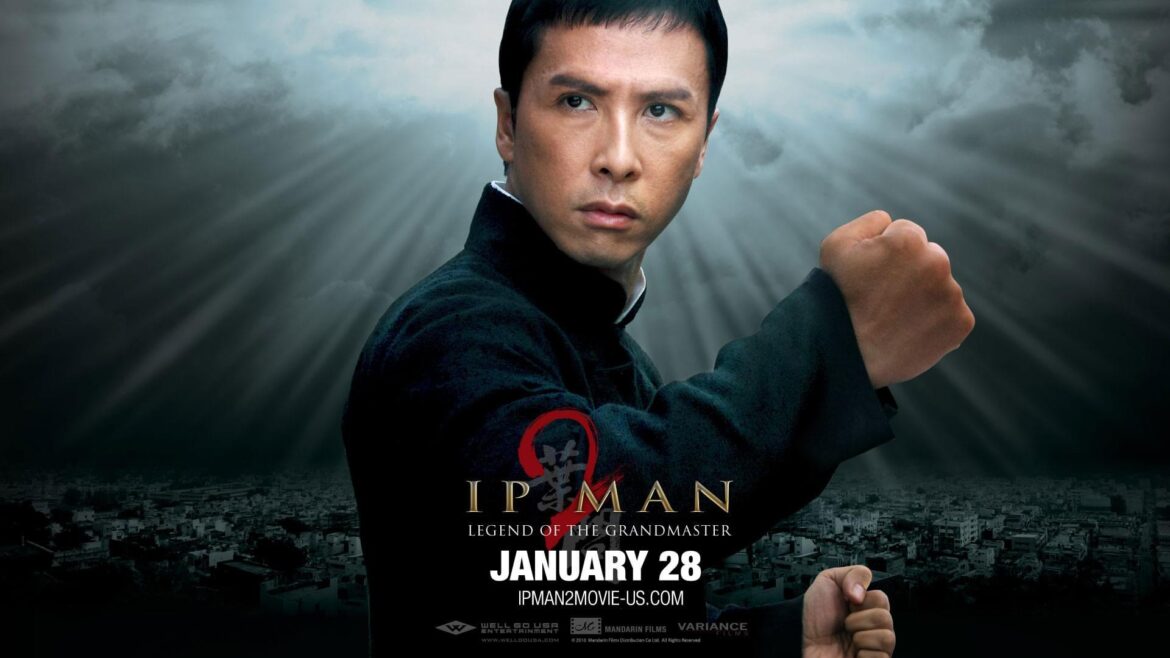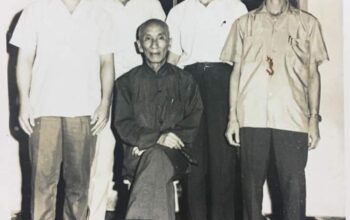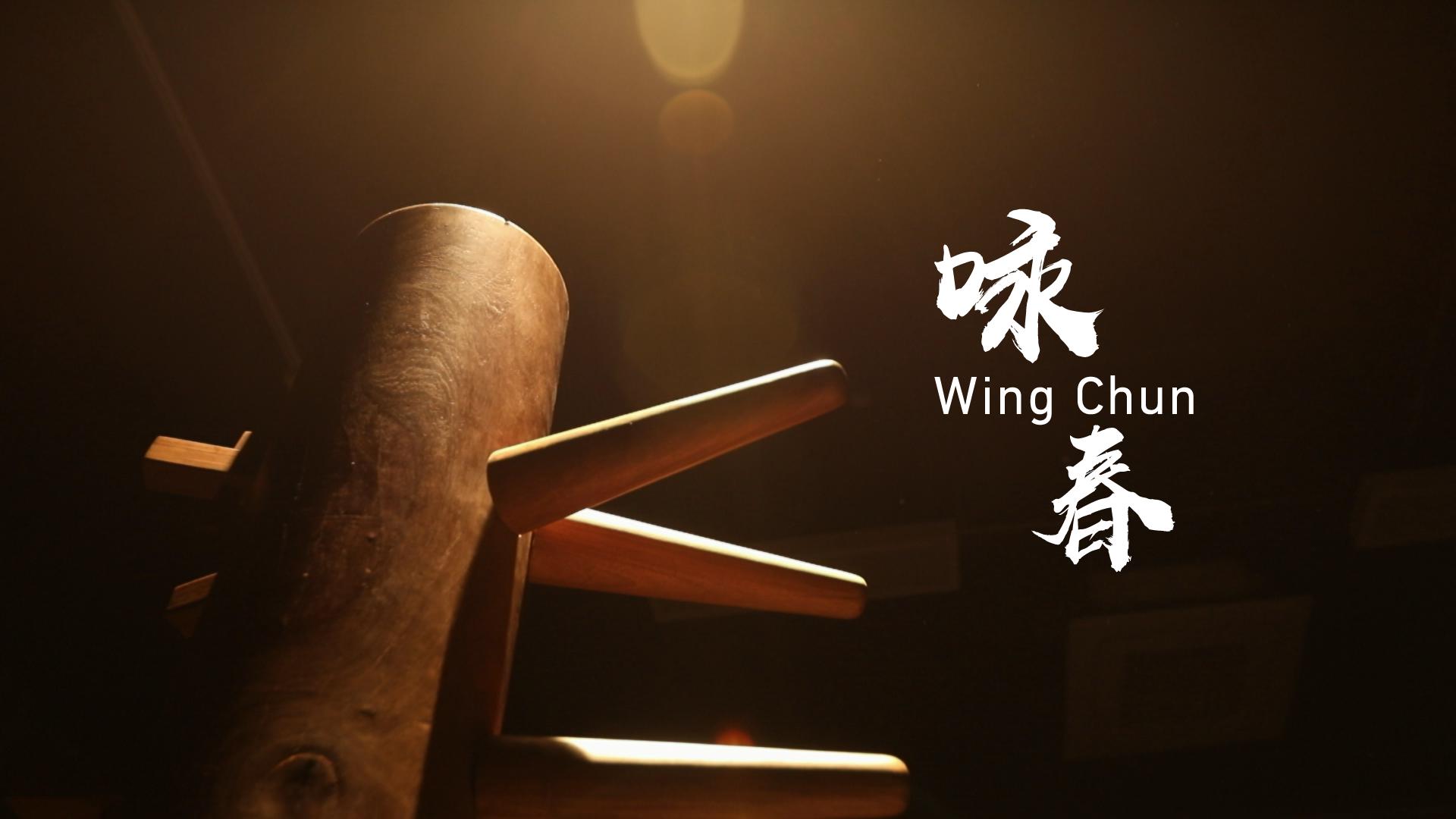The Effectiveness of Wing Chun in Real Fights: Practicality and Efficiency
Introduction
When it comes to martial arts, effectiveness in real fights is a crucial consideration. Wing Chun, a close-quarters combat system, has garnered a reputation for its practicality and efficiency. In this article, we will examine the effectiveness of Wing Chun in real fights and explore the factors that contribute to its success in self-defense situations.
1. Practicality and Simplicity
Wing Chun’s practicality lies in its focus on techniques that can be applied in real-world scenarios. The system emphasizes techniques that are straightforward, simple, and easily adaptable. Wing Chun’s emphasis on close-quarters combat and economy of motion allows practitioners to quickly and efficiently neutralize threats, regardless of the opponent’s size or strength. By using techniques that maximize leverage, targeting vulnerable areas, and capitalizing on the element of surprise, Wing Chun practitioners can effectively incapacitate an opponent in real fights.
2. Efficiency and Speed
Wing Chun’s emphasis on efficiency is a key factor in its effectiveness. The system’s techniques are designed to be fast, direct, and highly efficient, minimizing wasted movements and energy. By prioritizing the shortest and most direct lines of attack, Wing Chun practitioners can strike rapidly and continuously, overwhelming opponents with a relentless barrage of precise strikes. The system’s simultaneous attack and defense approach enables practitioners to seamlessly transition between blocking and counterattacking, maintaining constant pressure on the opponent.
3. Adaptability and Strategy
Wing Chun equips practitioners with the ability to adapt to different situations and opponents. The system’s principles, such as centerline theory and sensitivity training, provide a solid foundation for effective decision-making in real fights. Wing Chun’s focus on reading an opponent’s intentions and redirecting their force allows practitioners to anticipate and respond to attacks swiftly. By utilizing the opponent’s energy against them, Wing Chun practitioners can neutralize threats without relying solely on their own physical strength. Furthermore, Wing Chun’s emphasis on sparring and realistic training scenarios helps practitioners develop the ability to apply their techniques effectively under pressure.
In conclusion, Wing Chun has demonstrated its effectiveness in real fights by virtue of its practicality, efficiency, and adaptability. The system’s emphasis on practical techniques, efficiency of motion, and strategic decision-making equips practitioners with the necessary skills to overcome physical disadvantages and emerge victorious in self-defense situations. However, like any martial art, the effectiveness of Wing Chun also depends on the skill, experience, and training of the practitioner.







